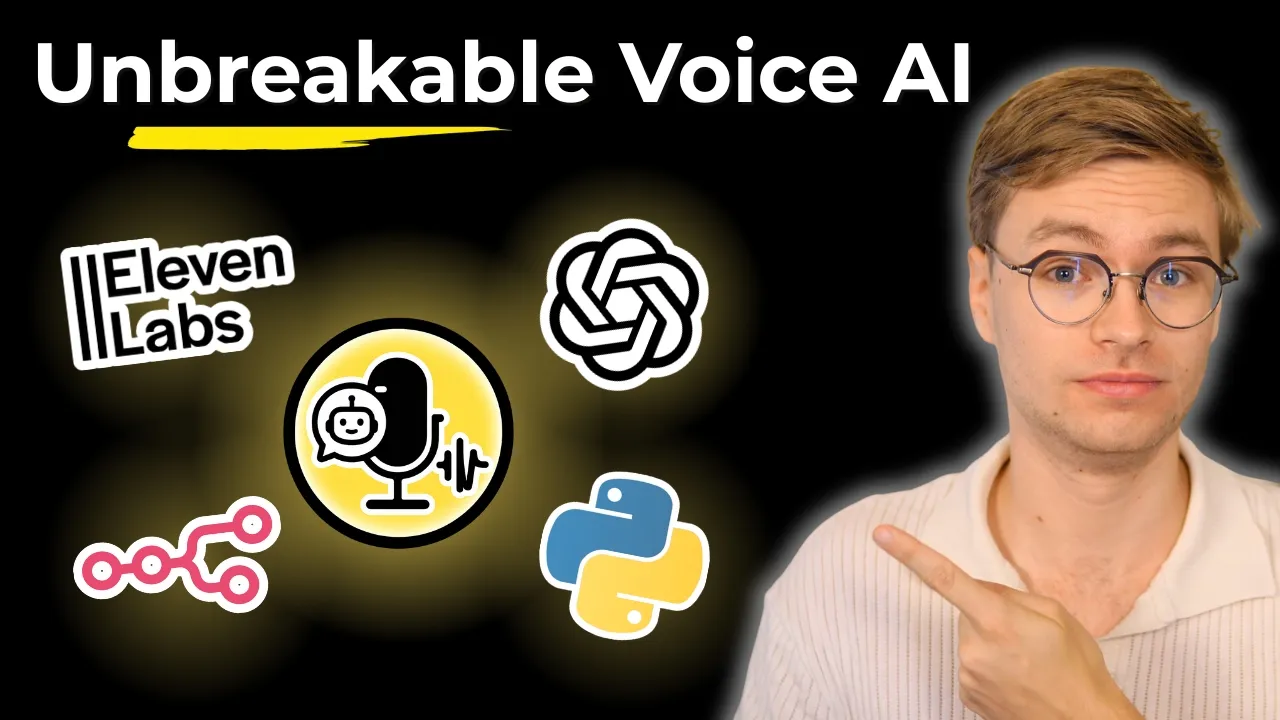Voice AI with Function Calling Capabilities
Function calling is the bridge between conversational AI and real tasks. It lets a voice agent execute code, retrieve data, and trigger workflows mid-call. When unmanaged, it also multiplies risk. In the video, the unsupervised agent ignored a frustrated caller because it stayed glued to the original prompt. Imagine that same agent firing off functions without oversight. The moderator loop is the control plane that keeps function calls safe and purposeful.
Why Function Calling Needs Moderation
Function calling expands the blast radius of mistakes. A single prompt cannot juggle caller intent, valid parameters, response schemas, and rollback logic while maintaining empathy. Agents trigger the wrong function, send malformed payloads, or misinterpret results. That is how automation creates more cleanup than value.
Pairing the agent with a moderator that shares the same system prompt provides real-time governance. In the demo, the moderator nudged the agent to acknowledge frustration and gather actionable feedback. Applied to function calling, it verifies checklist completion, evaluates whether a function is appropriate, and summarizes results clearly for the caller.
Design the Function Calling Checklist
Every function call should pass through explicit checkpoints:
- Pre-call: intent classification, parameter validation, permission checks, and rate limits
- Execution: timeout policies, error handling, and response validation against expected schemas
- Post-call: human-readable summaries, confirmation with the caller, and audit logging
Embed this checklist in the shared prompt so the moderator can gate each step. When the agent attempts to run a high-risk function without proper context, the moderator suggests a clarifying question instead. This disciplined approach aligns with AI Agent Development Practical Guide for Engineers.
Keep Conversations Natural While Executing Code
Callers should feel like they are talking to a senior support rep, not a batch script. The moderator keeps that experience intact by coaching the agent to:
- Explain what function it is about to run and why
- Confirm sensitive actions before executing them
- Offer a human handoff when tasks exceed autonomous authority
Those cues transformed the tone in the demo, and they keep function-enabled conversations transparent and trustworthy.
Instrument Function Pipelines
Structured transcripts combined with function logs give engineers the observability they need. Platform teams can monitor success rates, debug payloads, and improve retry logic. Operations can assess which tasks benefit from automation. Use AI Agent Evaluation Measurement Optimization Frameworks to track metrics like successful function completion, rollback frequency, and customer sentiment.
Pilot Thoughtfully
Start with low-risk functions such as status lookups or note creation. Pilot the moderated agent, review coaching guidance with engineers, and iterate on parameter validation. Only after trust is built should you add write operations or multi-step workflows. Keep documentation current with AI Agent Documentation Maintenance Strategy so every function contract stays aligned with the agent’s understanding.
Next Steps
Watch the video walkthrough to see how the moderator packages checklist status, coaching, and suggested prompts. Then introduce function calling with the same oversight. Inside the AI Native Engineering Community we share function-calling templates, testing suites, and deployment guides. Join us to build voice AI that executes code responsibly.

